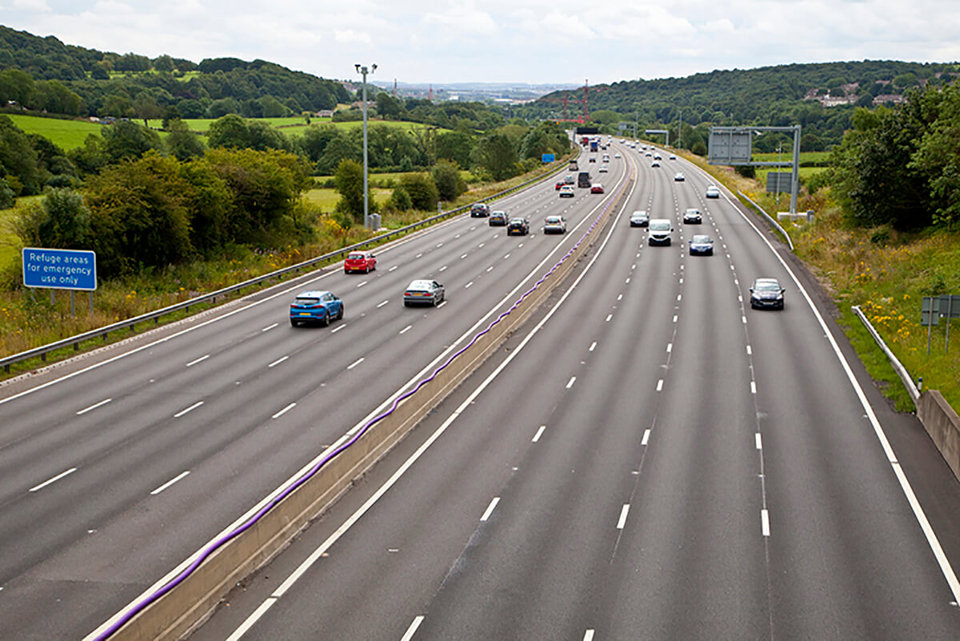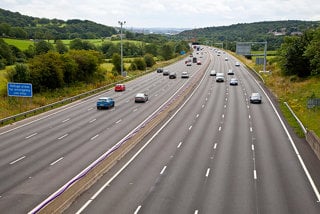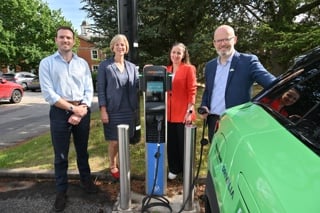The school-run appears to be behind a peak in morning traffic, according to black box data from the RAC.
New Government statistics, published last week, suggested that the traditional morning and evening rush hours had disappeared.
The latest figures for June from the Department for Transport (DfT) showed that in the morning peak there was a 21.4 second delay per vehicle mile travelled on local A roads, compared to 56.7 seconds in February.
It was the same for the evening peak, which reported a 25.8 second delay per vehicle mile travelled, less than half of the 63.6 seconds reported before the pandemic in February.
However, analysis of hundreds of thousands of trips taken by RAC Insurance customers has revealed that the beginning of the school year in England has led to a marked rise in cars on the road, particularly at what appears to be the peak drop-off time of between 8am and 9am.
Looking at average weekday traffic between Monday, September 7, and Wednesday, September 16, between these hours there were the same number of cars being driven as on a weekday in January.
Car volumes during these times were also up 55% compared to the period before most schools had returned (week beginning August 24).
The figures appear to show that the UK’s morning rush hour is caused more by people dropping children off at schools and nurseries than it is by commuters heading to places of work, given that many people are still working from home.
The fact that many schools are operating staggered drop-off times in light of the coronavirus may also be having the effect of extending the rush hour as well as changing the morning routine for some families.
At the other end of the day, car volumes are now at around the same level between the end of school ‘rush’ of 3pm and 4pm and evening ‘rush’ of between and 5pm and 6pm as was the case before the first coronavirus lockdown in March, suggests the RAC data.
RAC Insurance spokesperson Rod Dennis said: “What’s abundantly apparent is how dependent parents are on the car for getting children to their places of study or play during the week – and with fewer people prepared to take public transport at the moment, the reliance on the car as the transport mode of choice has increased.
“Workers that used to drop children off and then carry on to offices or other workplaces are clearly still using their cars for these trips, but just returning home again instead.
“It may also be the case that many are opting for the car so they can be back at their desks to start work as promptly as possible.
“The staggered ‘drop-off windows’ introduced by many schools as a result of the pandemic to cope with large movements of children may be another reason for the rise.”
Daily RAC breakdown figures also show a ‘return to normal’, with mid-week call-outs in particular only a little below those seen during the first few winter months of the year.
But interestingly, since the schools returned patrols have on average been called out to more rush-hour breakdowns than expected with this being balanced out by fewer later in the day.
Dennis continued: “The million-dollar question, of course, is what happens next and whether morning road traffic continues to rise in the autumn, or whether it stays at the sort of level we’re seeing now.
“The rising number of coronavirus cases, together with the introduction of local lockdowns and the threat of new nationwide restrictions, may also have an impact on people’s willingness to return to public transport.
“But while there is a huge number of possible scenarios that have the potential to change our travel habits, what does appear clear is that millions of us will continue to rely on the car for completing the journeys we have to make.”





















Login to comment
Comments
No comments have been made yet.